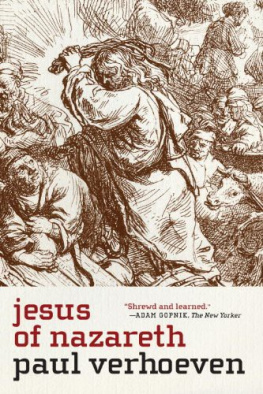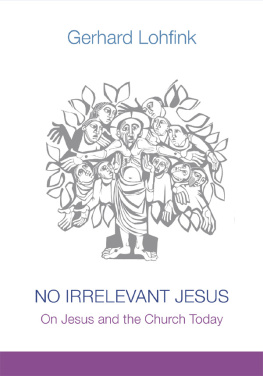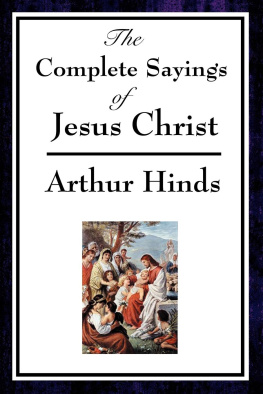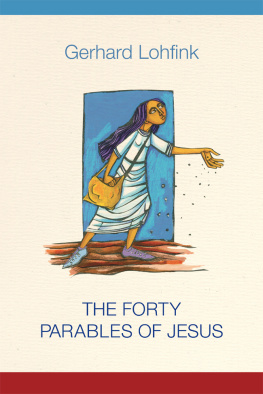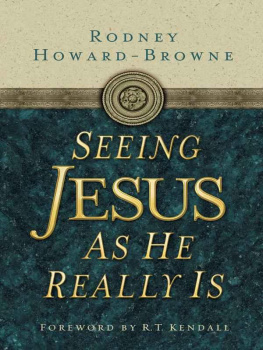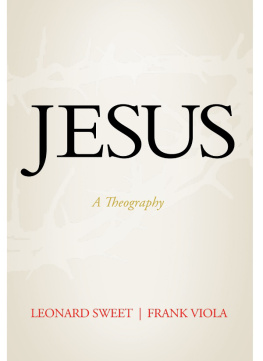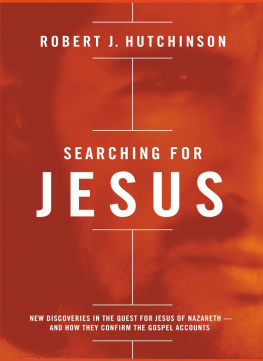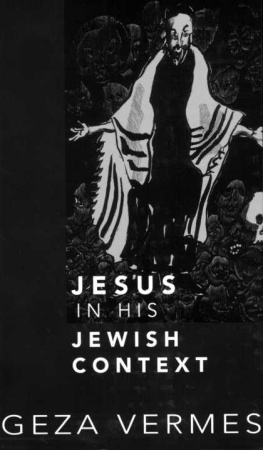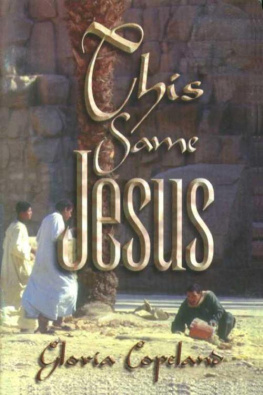APPENDIX A
the secret gospel of mark
In 1941, twenty-six-year-old Morton Smitha recent graduate of Harvard Divinity Schoolwent to Jerusalem for an extended visit. He was invited to spend some time at the Greek Orthodox monastery of Mar Saba, located in the desert twelve miles southeast of Jerusalem.
After two months, Smith returned to Jerusalem, but was stranded there during World War II. He used the time to work on his dissertation at the Hebrew University.
Smith took a sabbatical in 1958 and decided to go back to Mar Saba, where he had been invited to catalogue the library. He was hoping to find unknown manuscripts, since he knew they could often be found in the blank pages at the end of books published in the seventeenth and eighteenth centuries. Paper had been scarce then, so the monks had sometimes copied manuscripts onto the endpapers. Smith did indeed find a number of unknown manuscripts, a list of which was published in 1960.
Toward the end of his two-week stay, he came across a startling manuscript that years later caused a hue and cry in the theological world. It was a copy of a letter allegedly written by Clement of Alexandria in the late second or early third century. had been published in the seventeenth century by the Dutch scholar Isaac Voss.
Collections of Clements letters had been published before, but some of the letters were not considered genuine. Voss edition was the first to contain only the authentic lettersa detail that will later turn out to be relevant. Analysis of the handwriting showed that the copy of Clements letter dated from the eighteenth century. Someone, presumably a monk, had copied part of this letter onto the endpapers of a seventeenth-century book.
The copy of the letter begins with the salutation To Theodore. We have no idea who this man was, but as Clements letter makes clear, Theodore was worried about the Carpocratians. This was a Gnostic sect whose rituals were overlaid with an element of sexuality and whose members, believing that goods and women should be shared, held sacred orgies.
According to the letter, the Carpocratians used a version of the Gospel of Mark that was longer than the one we find in our present New Testament. Clement declared it to be a more spiritual gospel, which Mark had written later in life for the use of those who were being perfected, as it would lead the hearers into the innermost sanctuary of that truth hidden by seven veils.
Unlike Clement, Morton Smith thought that this longer version was the original version of the Gospel of Mark, and that the one we now find in the New Testament is an expurgated version of this longer gospel. He believed that an early editor had deleted some passages in the original version because they were considered offensive.
Clement explains that this longer gospel, which he referred to as the secret gospel, As the letter shows, Theodore wanted Clement to tell him which passages belonged to the longer gospel and which had been added by Carpocrates. In answer to his question, Clement cited two passages that were genuinely written by Mark and one added by Carpocrates.
The most important of these genuine passages reads as follows:
And they come into Bethany, and a certain woman, whose brother had died, was there. And, coming, she prostrated herself before Jesus and said to him, Son of David, have mercy on me. But the disciples rebuked her. And Jesus, being angered [because of his disciples], went off with her into the garden where the tomb was, and straightway a great cry was heard from the tomb. And going near Jesus rolled away the stone from the door of the tomb. And straightway, going in where the [dead] youth was, he stretched forth his hand and raised him, seizing his hand. But the youth, looking upon him, loved him and began to beseech him that he might be with him. And going out of the tomb they came into the house of the youth, for he was rich. And after six days Jesus told him what to do and in the evening the youth came to him, wearing [only] a linen cloth over [his] naked [body]. And he remained with him that night, for Jesus taught him the mystery of the kingdom of God. And thence, arising, he returned to the other side of the Jordan.
Clement believed that this passage was originally located between Mark 10:34 and 10:35 in the New Testament.
A second fragment had been inserted in Mark 10:46. As it now stands in the New Testament, it reads: They came to Jericho. As he and his disciples and a large crowd were leaving Jericho... This is followed by the healing of the blind beggar, Bartimaeus. According to Clement, the longer gospel read here: They came into Jericho. And the sister of the youth whom Jesus loved and his mother and Salome were there, and Jesus did not receive them [did not wish to see them]. As he and his disciples and a large crowd were leaving Jericho...
Smith took photographs of Clements letter and the first and last pages of Voss book, and then put the book (with the manuscript intact) back on the shelf of the Mar Saba library. After returning to the United States, he consulted a few Clement experts and showed the photographs of the letter to some paleographers, who confirmed that the copyists handwriting was consistent with that of the eighteenth century, which suggested that the manuscript was genuine.
In 1973fifteen years after his discoverySmith finally published two books on the subject: an academic work titled Clement of Alexandria and a Secret Gospel of Mark, and a popular version titled The Secret Gospel: The Discovery and Interpretation of the Secret Gospel According to Mark. The books created a sensation in both Christian and scholarly circles, but not because of the scene in which Jesus raised the young man from the deadafter all, that was merely an abridged version of the Lazarus story in John 11. The hullabaloo was about the final verses, in which the young man, wearing [only] a linen cloth over [his] naked [body], spent a night with Jesus, who taught him the mystery of the kingdom of God.
The text is suggestive enough, but Morton Smith fanned the flames by arguing that the nocturnal meeting between Jesus and the young man was a baptismal ritual,
The reason the previous editor had expunged these two passages from Marks gospel was now evident: The homoerotic implications were unmistakable. In the words of B. Ehrman, Smith discovered that Jesus was a magician who engaged in sex with the men he baptized.
Not surprisingly, the authenticity of Clements letter was immediately challenged by the academic world.
If Smith himself had forged the letter, it would have been a form of academic leg-pulling that accorded well with what we know of Smiths character. Yet he defended the authenticity of the manuscript with verve and was backed by a number of prominent scholars, especially among the academic establishment in the United States.
In 1976, to put an end to the controversy, two professors at the Hebrew University of Jerusalem and a young American researcher decided to go to Mar Saba and see the book for themselves. They were accompanied by Archimandrite Meliton, a Greek Orthodox priest working at the Patriarchal Library in Jerusalem.
Fifteen minutes after entering the monasterys library, they found Voss book, exactly where Smith had said it would be. They did not take any photographs. After their visit to the monastery, Meliton had the book transferred to the Patriarchal Library into the keeping of the librarian Kallistos Dourvas, As a result, the ink was never analyzed.
In 1980, Prof. Thomas Talley went to the Patriarchal Library and requested permission to look at the manuscript but was told that it had been sent out for repairs (en cours de rparation) and was not available. Since then the manuscript has gone missing. What happened to it is anyones guess. It might have been filed in the wrong folder, but then again, it could have been hidden or destroyed.

